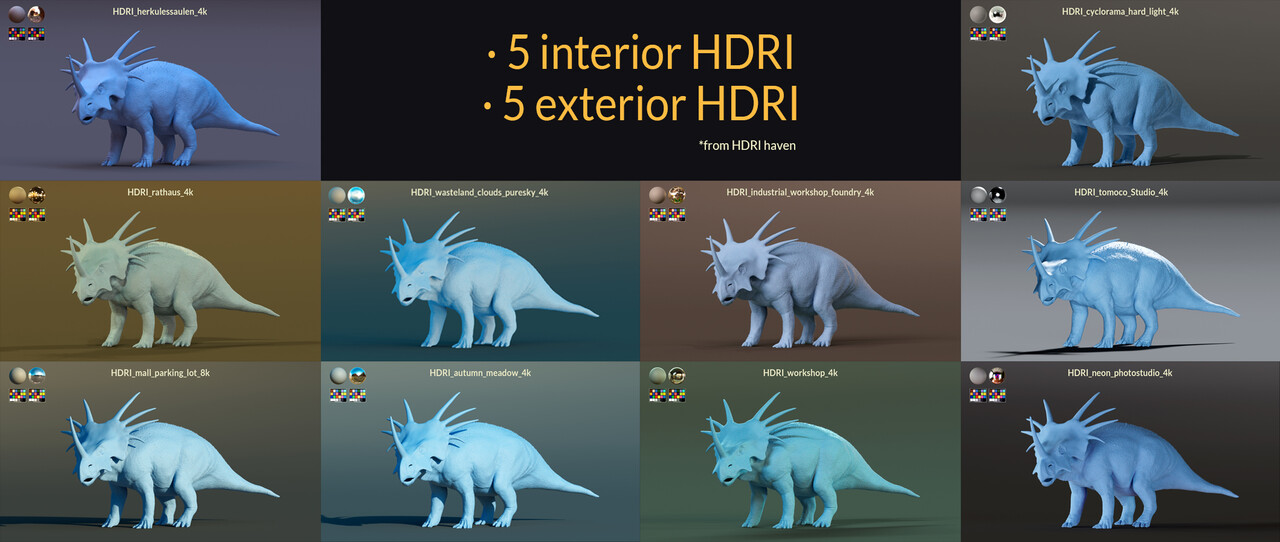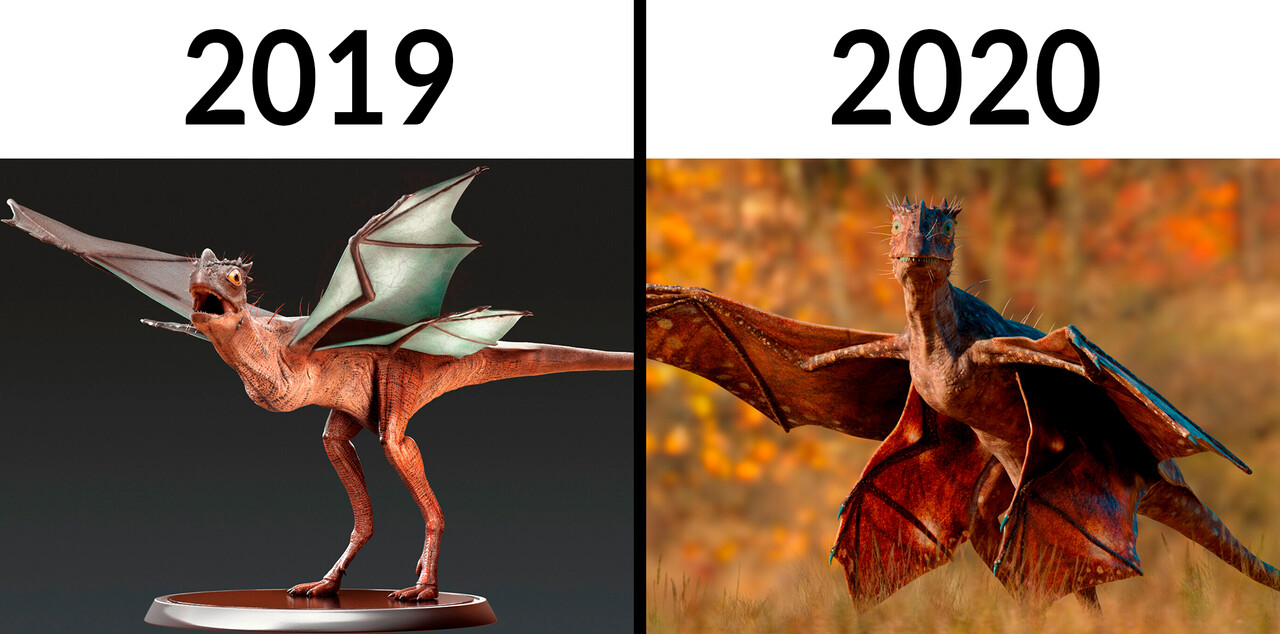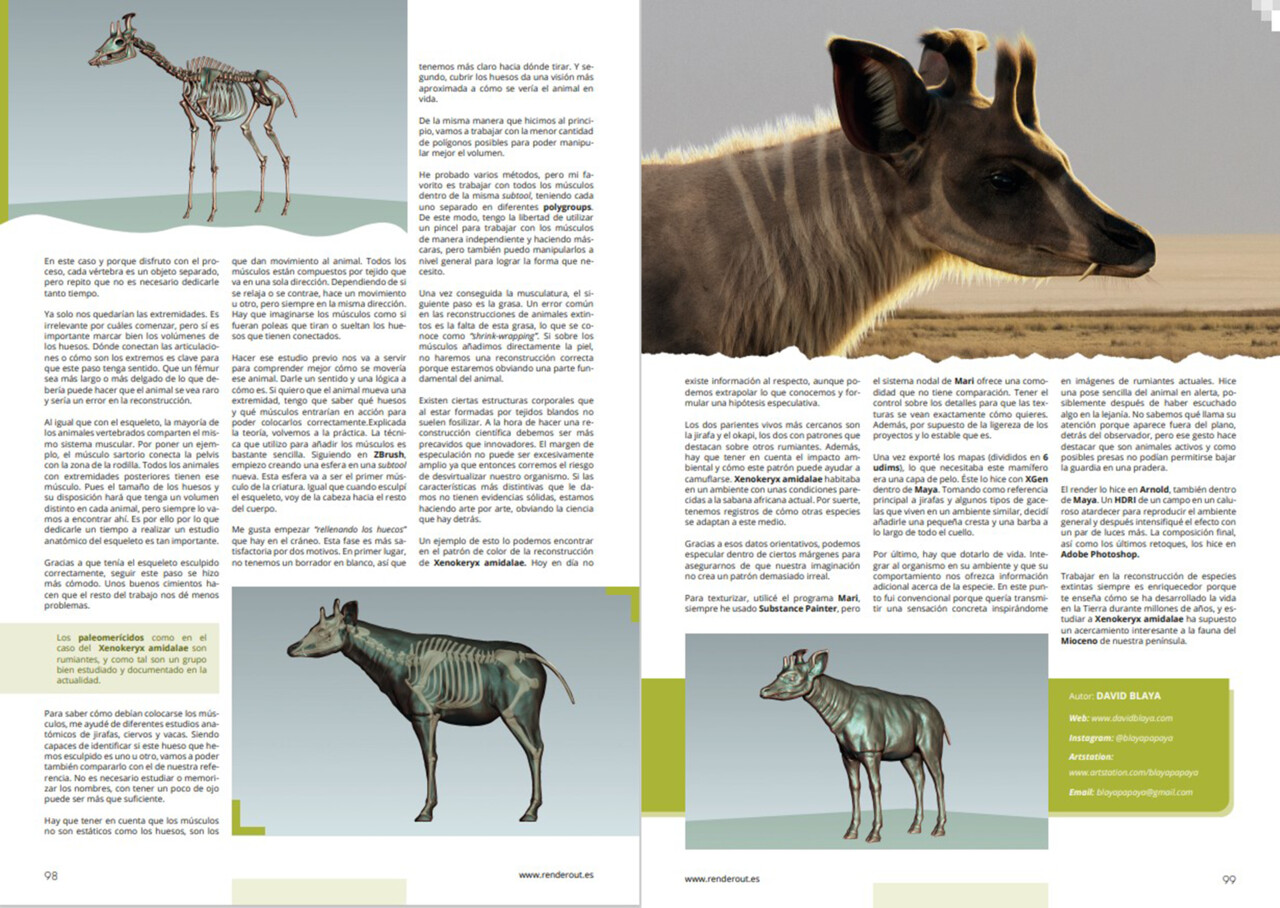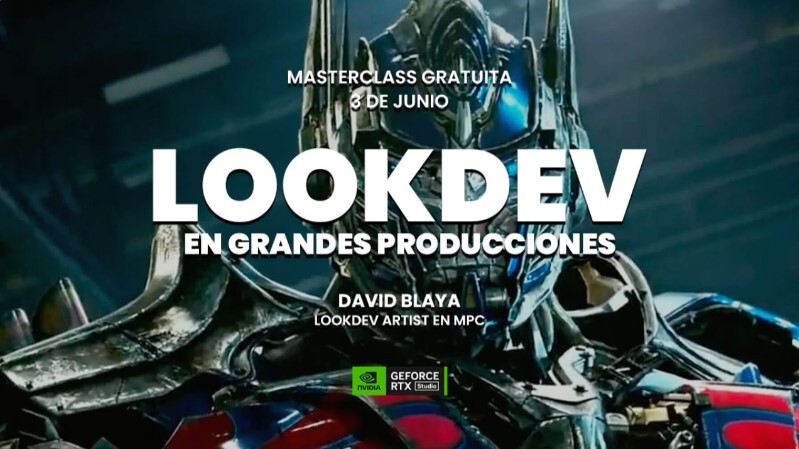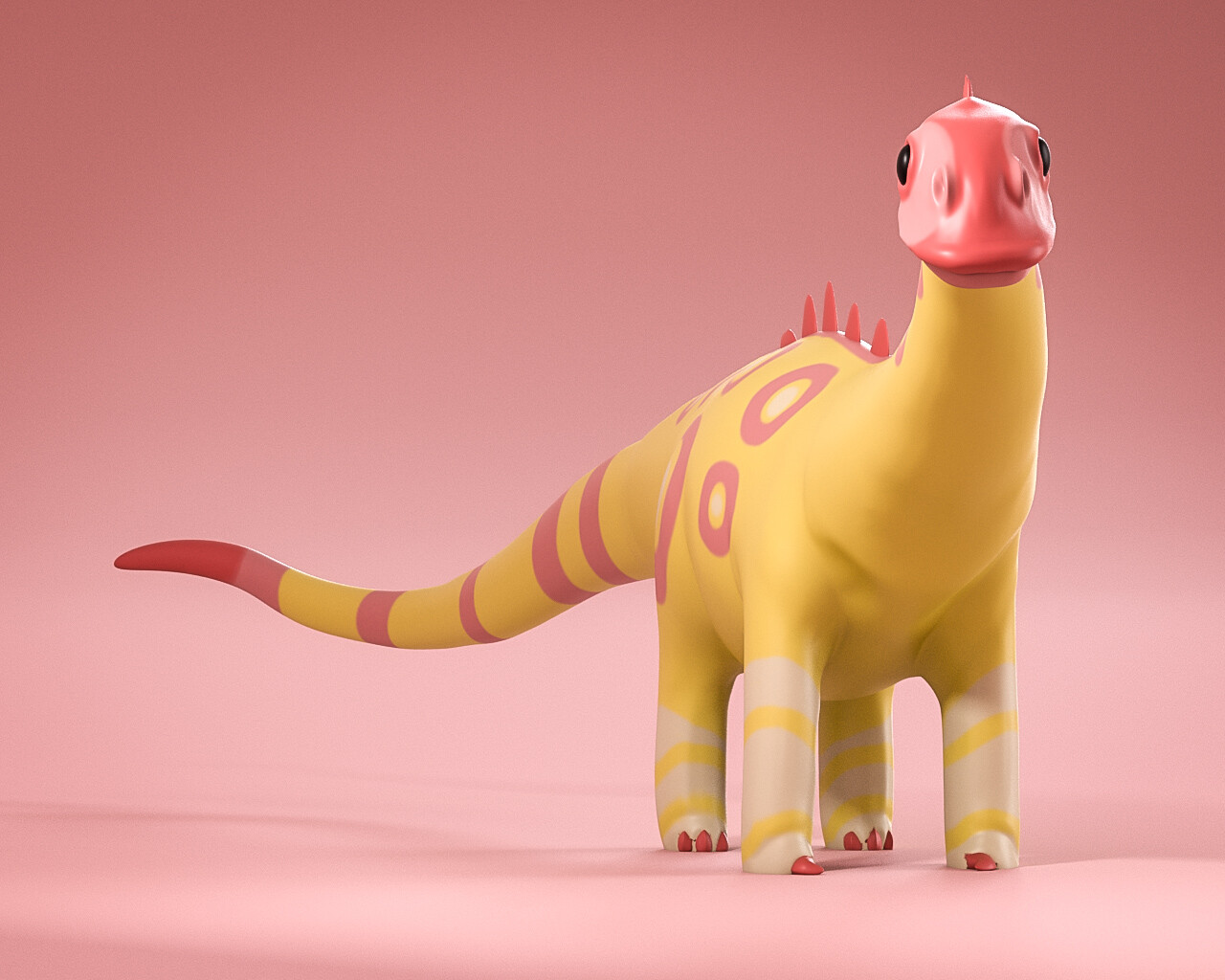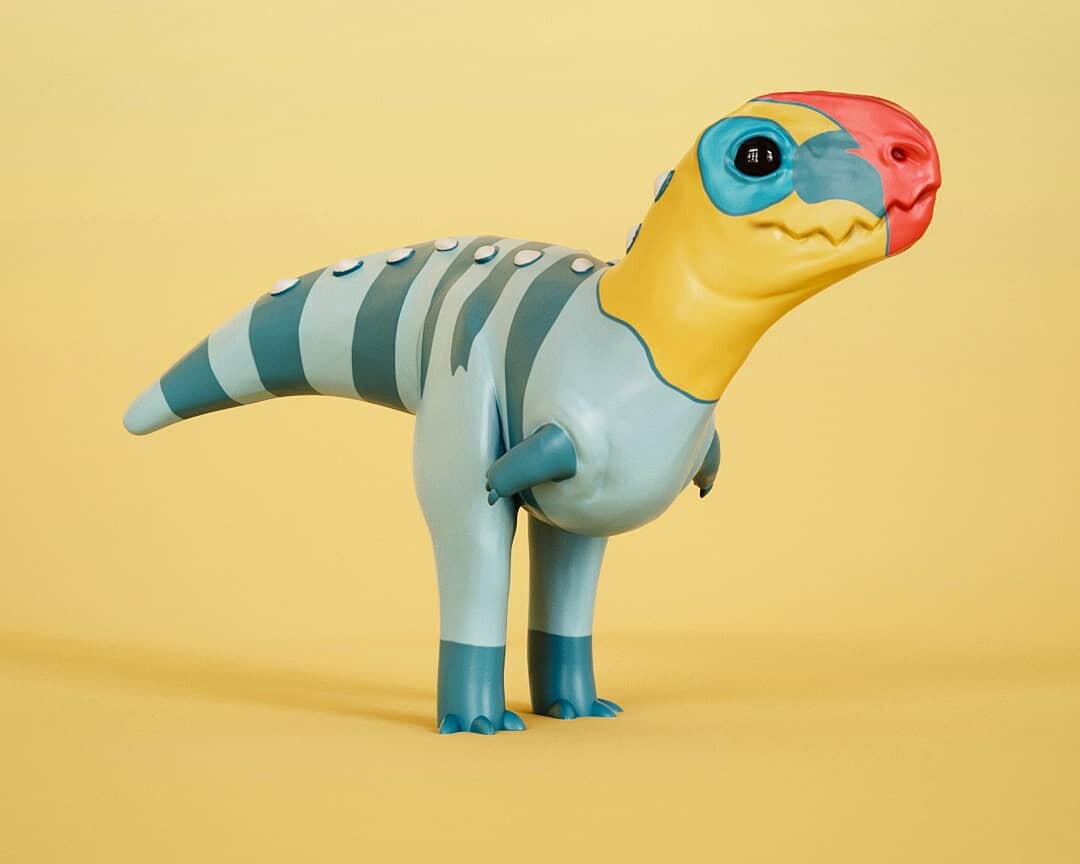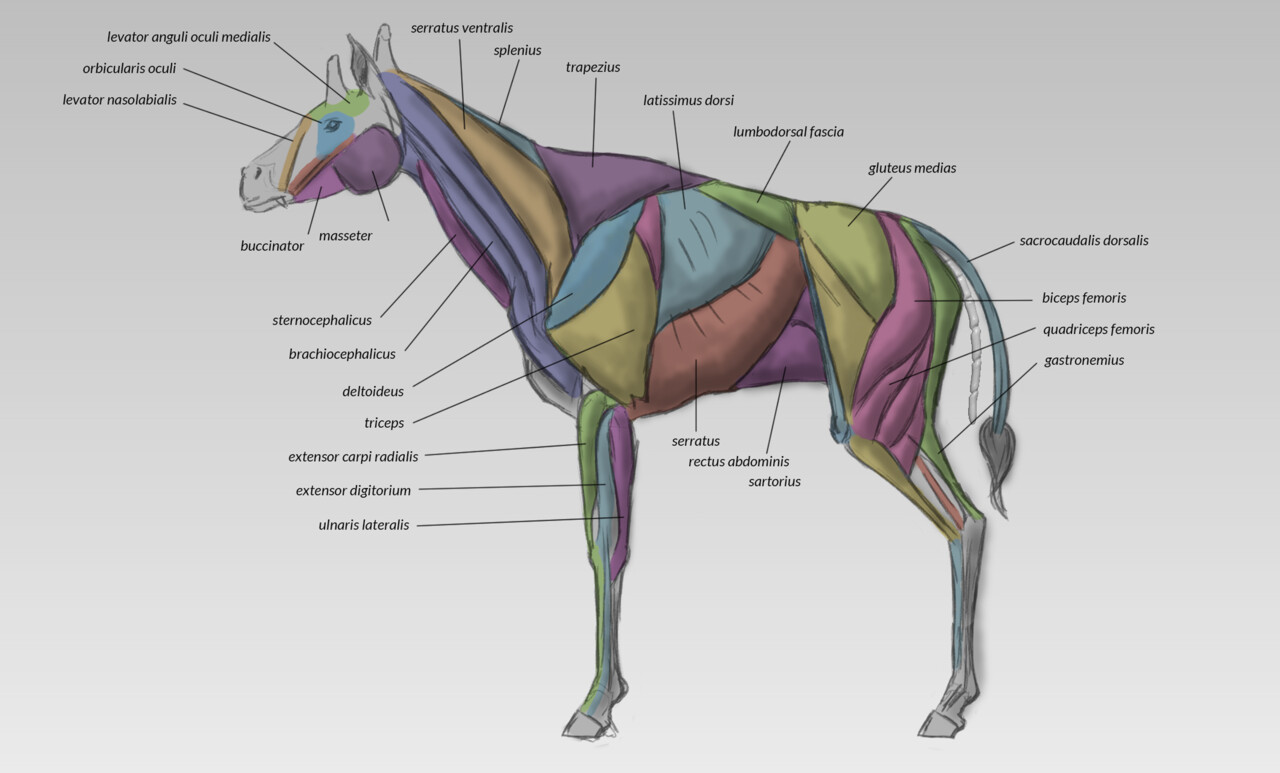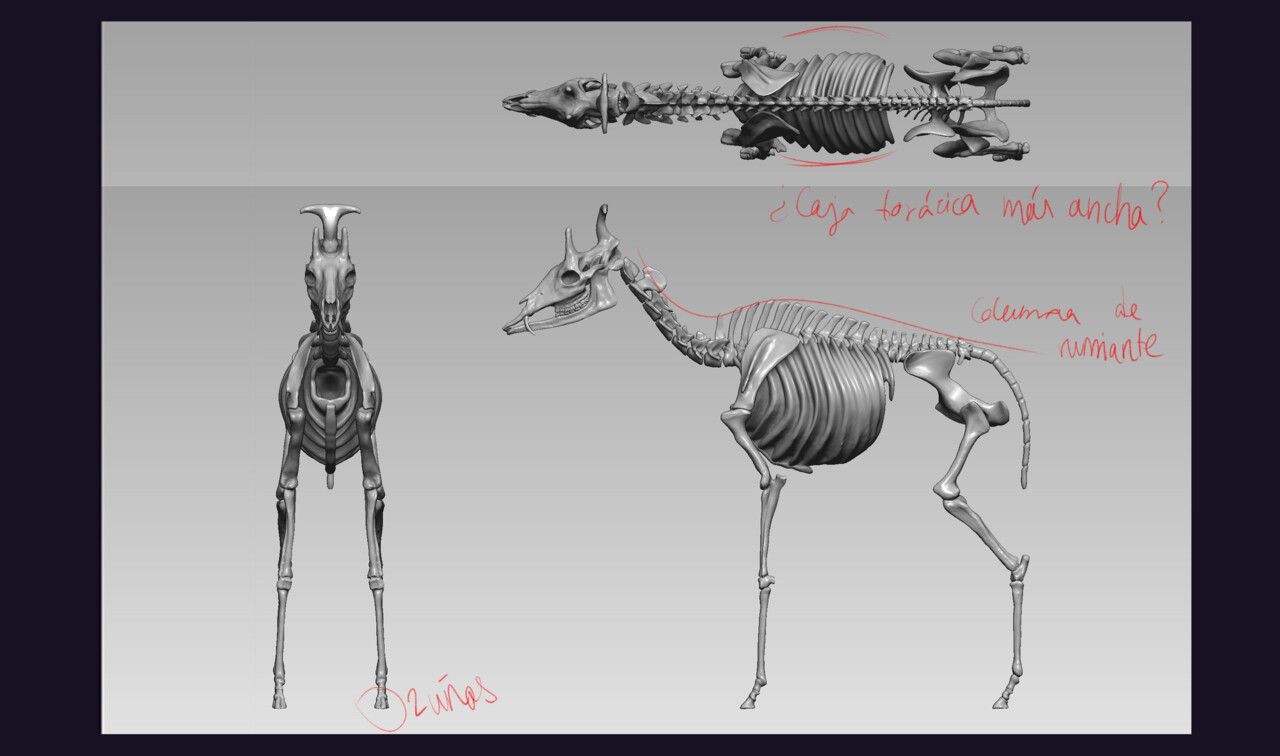I created this template to help you with the look development of your own projects. Feel free to use it in your own presentations.
The use of OCIO color profile from the Academy Color Encoding System (ACES) is highly recommended.
Features:
- Maya scene ready to launch 360 turntable renders
- 10 different HDRIs (licensed as CC0 from HDRi Haven)
- 360 Camera fully calibrated
- Macbeth Chart
- Chrome & Grey sphere
- Basic Background geo tinted by the lights
- BONUS: Dinosaur geo
Enjoy the process!
https://www.artstation.com/marketplace/p/OO3Ge/lookdev-studio-template-for-arnold
